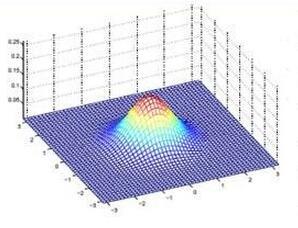Multivariate spatio-temporal models are widely applicable, but specifying their structure is complicated and may inhibit wider use. We introduce the R package tinyVAST from two viewpoints: the software user and the statistician. From the user viewpoint, tinyVAST adapts a widely used formula interface to specify generalized additive models, and combines this with arguments to specify spatial and spatio-temporal interactions among variables. These interactions are specified using arrow notation (from structural equation models), or an extended arrow-and-lag notation that allows simultaneous, lagged, and recursive dependencies among variables over time. The user also specifies a spatial domain for areal (gridded), continuous (point-count), or stream-network data. From the statistician viewpoint, tinyVAST constructs sparse precision matrices representing multivariate spatio-temporal variation, and parameters are estimated by specifying a generalized linear mixed model (GLMM). This expressive interface encompasses vector autoregressive, empirical orthogonal functions, spatial factor analysis, and ARIMA models. To demonstrate, we fit to data from two survey platforms sampling corals, sponges, rockfishes, and flatfishes in the Gulf of Alaska and Aleutian Islands. We then compare eight alternative model structures using different assumptions about habitat drivers and survey detectability. Model selection suggests that towed-camera and bottom trawl gears have spatial variation in detectability but sample the same underlying density of flatfishes and rockfishes, and that rockfishes are positively associated with sponges while flatfishes are negatively associated with corals. We conclude that tinyVAST can be used to test complicated dependencies representing alternative structural assumptions for research and real-world policy evaluation.
翻译:暂无翻译





